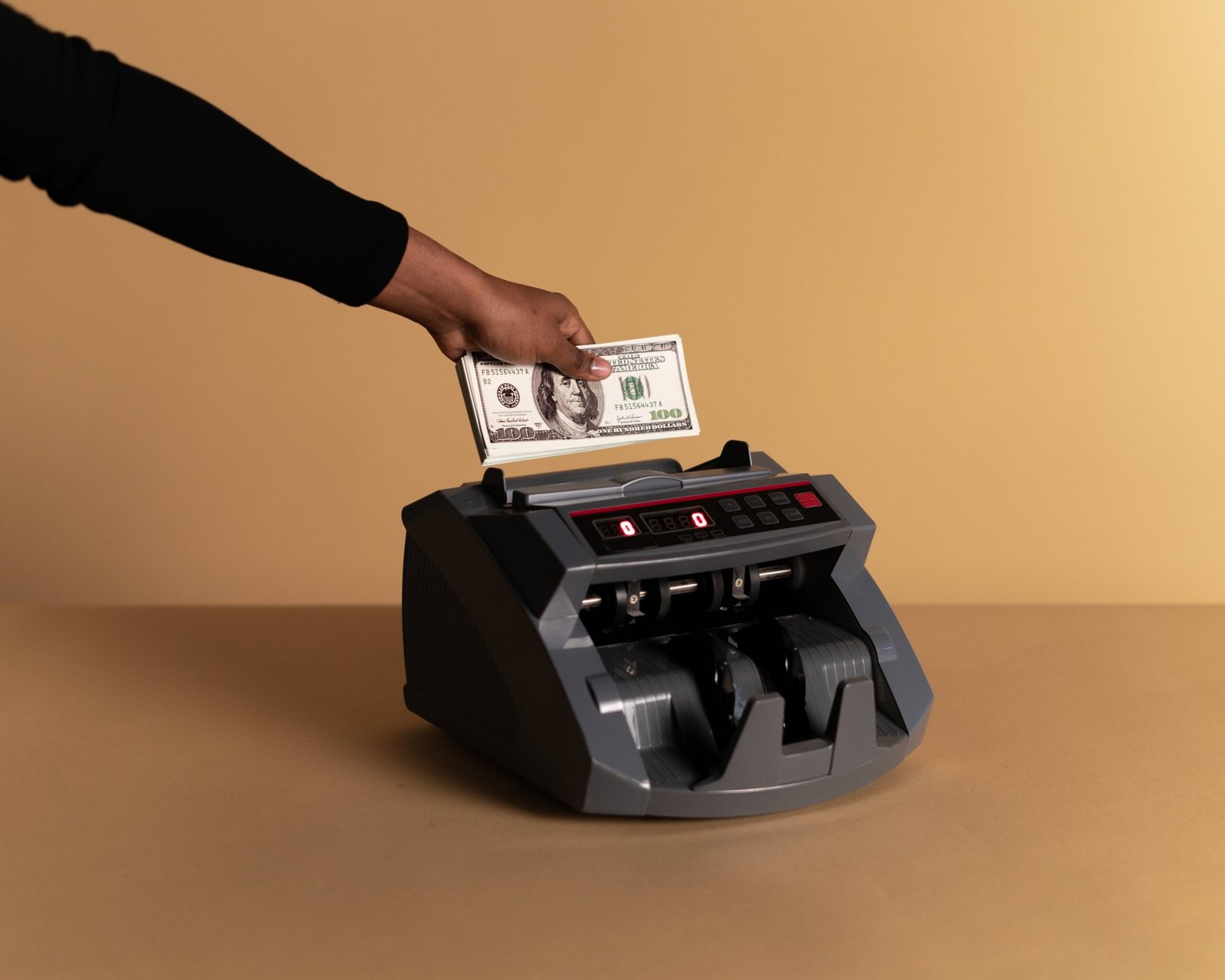Let’s be honest, as small business owners, we all want to stand out. Sometimes, getting noticed means using bold claims, slogans, or even a sprinkle of exaggeration to make our product or service sound amazing. That’s where “puffery” comes in.
Imagine an infomercial with a pitchman shouting, “This cleaning liquid cuts through grease like a hot knife through butter! It’s the world’s best cleaner!” That’s puffery. It’s designed to excite you, but those claims are probably an exaggeration that no reasonable person would take literally.
What is Puffery?
Puffery is the use of outlandish, subjective, non-specific claims to create a buzz around a product or service. It’s the marketing equivalent of a wink and a smile – everyone knows there’s some playful boasting going on. Puffery isn’t meant to be taken at face value; its purpose is to grab your attention and get you thinking about the product or service.
Recommendation: Choosing the Right Business Structure: A Guide for First-Time Founders
The Benefits of Puffery for Small Businesses
As a small business owner, puffery can be your friend:
- Stand Out: In a sea of advertising, a little harmless exaggeration can help you cut through the noise.
- Generate Excitement: Puffery can create a sense of fun and enthusiasm around your brand.
- Show Personality: Let those creative juices flow! Puffery helps you inject your business’s personality into your marketing.
Puffery Done Right
Puffery can be a safe, legal way to make your marketing catchy. Phrases like “world-famous” or “the tastiest in town” are common examples. Consumers know those are subjective rather than objective facts.
Puffery Done Wrong
Here’s where things get tricky. Sometimes, puffery goes too far and crosses that thin line into false advertising. For example, imagine your donut shop advertises a “secretly healthy donut recipe.” A statement like that could be interpreted as a factual claim that needs proof! If those donuts aren’t more nutritious than a regular donut, trouble could be brewing.
Puffery vs. Substantiated Claims
The key difference is whether a claim can be measured or proven. “Best pizza in New York!” is classic puffery. But “Our pizza has 30% less fat than the competition!” is a measurable claim – so be prepared to back it up with data.
Recommendation: Fractional Legal Counsel: The New Playbook for Smart Executives
Your “Stay Out of Trouble” Checklist
- Gut Check: Does the claim sound like an opinion or a hard fact?
- Specificity: Stick to vague, grand statements, not specific figures.
- The “Reasonable Person” Test: Would a normal person believe the exaggerated claim?
- Check the Competition: Is there similar language used by others in your industry?
- Be Conservative: Always err on the side of caution. If unsure about a claim, change it or get legal advice.
Conclusion
Puffery is a tool. When used wisely, it adds some fun and flair to your advertising. Think of it as the cherry on top, not the whole dessert. Be responsible with your claims and always make sure you can back up any statements that sound like a measurable promise.
Disclaimer: This article is for educational purposes only and does not replace professional legal counsel. Laws surrounding advertising can be complex, so always consult an attorney if you have specific concerns regarding your marketing materials.











